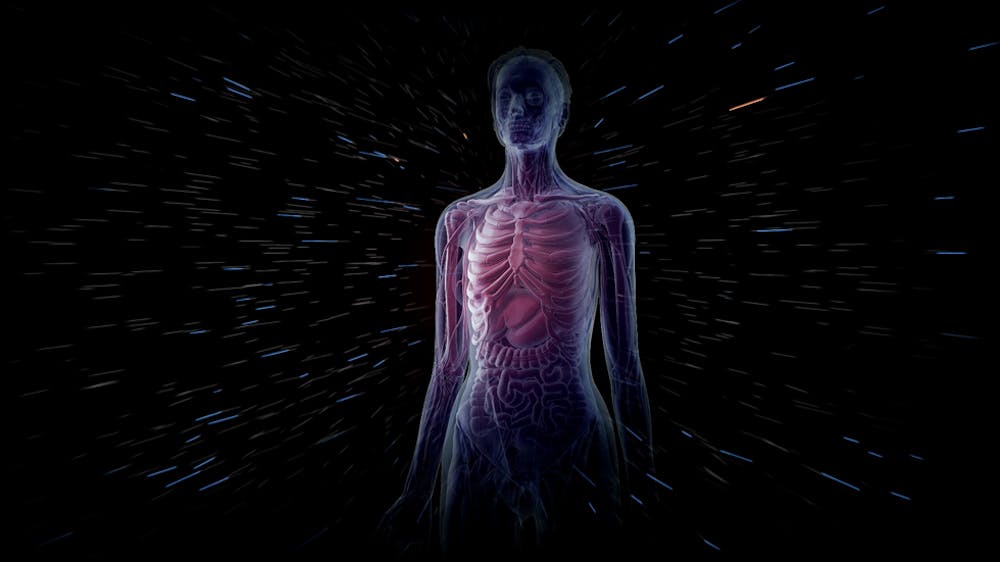A scientific discovery hidden in plain sight is a rare occurrence in the research world. Yet, endoscopists at Beth Israel Medical Center, David Carr-Locke and Petros Benias, and New York University Professor Neil Theise have accomplished just that with their discovery of a new organ, the interstitium.
The interstitium is a collagen- and elastin-bound network filled with fluid. In their paper published on March 27 in Scientific Reports, the authors claim that the interstitium wraps around every organ in the body and acts as shock absorbers by preventing tearing of organs. It may even be the largest organ of the body by volume.
Carr-Locke and Benias happened upon the interstitium while they were searching for signs of cancer in a patient’s bile duct using a probe-based confocal laser endomicroscopy (pCLE), a type of endoscope that allows viewing of live tissues. They consulted Theise, a pathologist, who discovered that the structure of the interstitium all but disappeared when prepared on microscope slides.
That was when the scientists realized why the interstitium escaped the notice of millions of scientists with access to state-of-the-art technologies.
The preparation and observation of tissue on microscope slides is the most widely-used technique of examining biological features. However, the process of preparing those slides drains fluid in the tissues. Once emptied of liquid, the interstitium appears to be a network of dense, connective tissue. So, although it is present in most tissue samples, when seen under the microscope, the interstitium was traditionally disregarded as tears in the tissue sample.
A strength of the study, according to Benias, is that it involved clinicians, pathologists, bioengineers and experts from other disciplines.
“A lot of research happens in a bubble, unfortunately. People miss the forest for the trees”, Benias said, according to the New York Times.
Now, the team says, the interstitium should be considered “an organ in its own right.”
There are some researchers who are skeptical of the characterization of the interstitium as an organ and are awaiting further research into the topic.
In the published study, the team imaged the live tissue and collected tissue specimens from the bile ducts of 12 cancer patients after their respective surgeries.
The interstitium is thought to be the source of the lymph, a key component in the body’s immune response. The new understanding of the interstitium as a vast network of fluids explains the way cancers that invade the interstitium are more likely to spread.
“We have never understood the mechanism of how that happens,” Theise said, according to ScienceDaily. “Now we have the ability.”
The authors also contend that the aging of the collagen bundles in the interstitium may contribute to skin wrinkles, limb stiffening, and the progression of fibrotic, sclerotic and inflammatory diseases.
The implications of the discovery of the interstitium on advancements in medicine are many, according to the authors.
“This finding has potential to drive dramatic advances in medicine, including the possibility that the direct sampling of interstitial fluid may become a powerful diagnostic tool,” Theise said.





